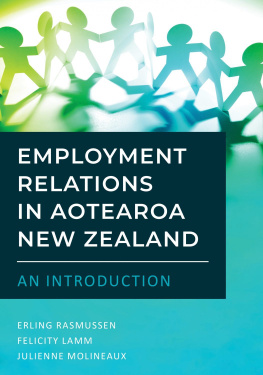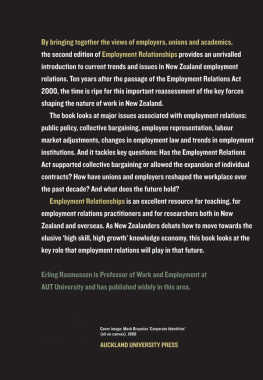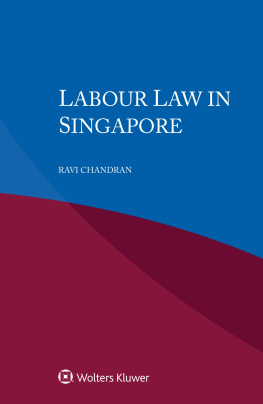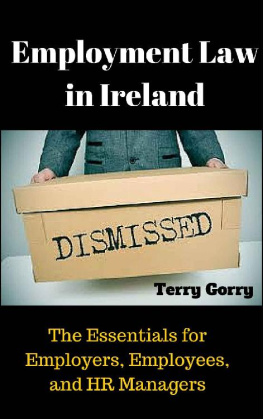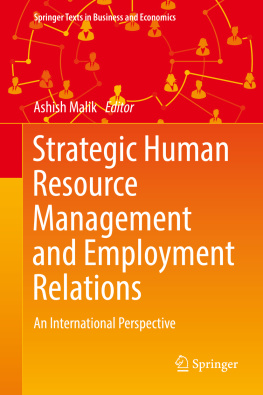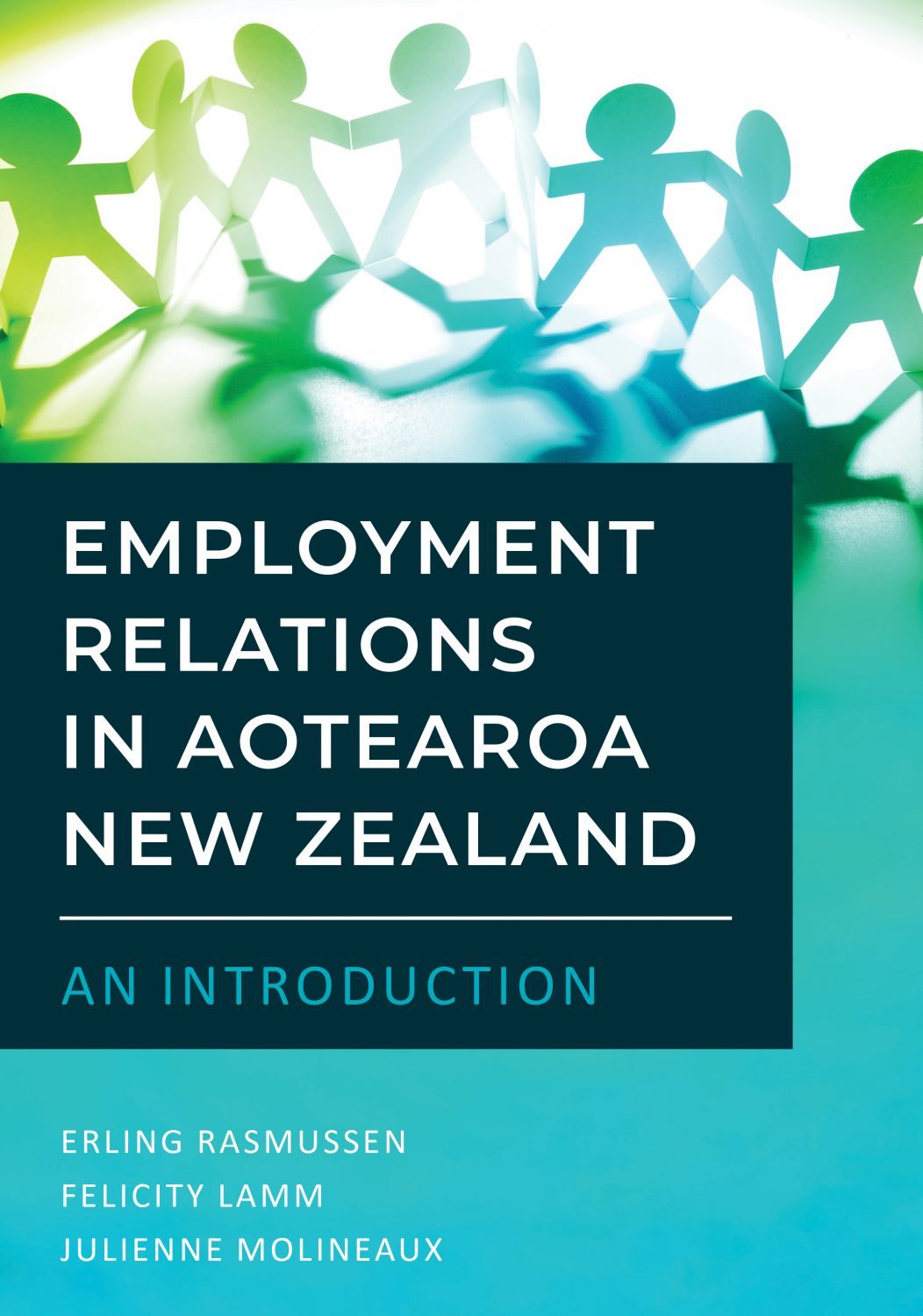Employment Relations in Aotearoa New Zealand
An Introduction
Erling Rasmussen; Felicity Lamm; and Julienne Molineaux
ER Publishing
Auckland
Copyright 2022 Erling Rasmussen, Felicity Lamm and Julienne Molineaux
The moral right of the authors has been asserted.
All rights reserved. Except where otherwise noted, no part of this publication may be produced or transmitted in any form or by any means, electronic or mechanical, including photocopying, recording or information storage and retrieval systems, without permission in writing from the copyright holder.
Chapters 16 are licensed under a Creative Commons Attribution 4.0 International License.

Published by ER Publishing
Contact: erbooksnz@gmail.com
A catalogue record for this book is available from the National Library of New Zealand.
ISBN 978-0-473-63250-2 (paperback)
ISBN 978-0-473-63251-9 (EPUB)
ISBN 978-0-473-63252-6 (PDF)
DISCLAIMER
This publication is developed and distributed on the terms and understanding that:
- The authors are not responsible for the results of any actions taken on the basis of information in this publication, nor for any error or omission from the publications, and
- The publisher is not engaged in rendering legal, accounting, professional or other advice or services.
The publisher and authors expressly disclaim all and any liability and responsibility to any person, whether a purchaser or reader of this publication or not, in respect of anything, and of the consequences of anything, done or omitted to be done by any such person in reliance, whether whole or partially, upon the whole or any part of the contents of this publication.
Contents
Preface
Employment relations is part of our daily life and is often featured in political debates and media reports. It is not surprising therefore that many employers, unions, academics and ordinary people take a personal interest in employment relations and how their employment relationships develop over time.
The book is concise and concentrates on key areas, trends and themes. It is intended to be a practical introduction and guide to employment relations issues as well as an introduction to the principal legislative changes. It also provides the reader with recent sources of information for future reference.
In recent years, New Zealanders have witnessed major reforms that in turn have resulted in significant changes in employment relations. While the fundamental relationships between the government, employers and employees still remain, there have been changes in how these parties interact as well as changes in the associated employment outcomes. These changes will also affect how we work and will be working in the future. Technological innovations, globalisation and a different workforce composition have facilitated innovations in work practices and in employment patterns and this book tries to bring these influences to the fore of our discussion of employment relations.
Erling Rasmussen, Felicity Lamm and Julienne Molineaux
March 2022
Introduction and overview of employment relations
Erling Rasmussen; Felicity Lamm; and Julienne Molineaux
- To define employment relations and describe how it operates across all levels of business and a range of disciplines
- To identify the major participants in employment relations
- To show how the balance between collective and individual employment agreements and rights has changed over time
- To examine the core principle and content of employment agreements, including the distinction between employees and contractors
- To highlight how the roles of the Employment Institutions and legal precedent have influenced the practical application of employment relations changes
Introduction
Most of us are either employed in paid or unpaid work, or employ people ourselves and, therefore, have some understanding of what employment means. Employment relations are often described as the interaction between three major groups: employers, employees, and the government. But it is more than this; employment relations are dynamic and complex and what occurs in the workplace is influenced by the wider society. Governments change employment laws from time to time, and courts interpret these laws when they rule on cases. This creates precedents new understandings about the application of law, which essentially become new laws.
Rapid technological change has resulted in both a change in the type of jobs available, and the way that work is done. The future of work has become a catch cry and is often associated with very positive or negative predictions about job opportunities or disappearance of jobs (see discussion in Chapter 6). Some of these changes are already detectable. Thus, the standard employment relationship an assumption that work is full time, stable, with set hours and unionised is no longer the case for most New Zealanders. Many people work part time or long hours and job and income insecurity appear on the rise. Technology is disrupting boundaries between work and leisure, something that has become pronounced after the Covid-19 pandemic in 2020. Businesses often want the flexibility of longer operating hours and variable staff rosters and can use contracting models to better control wage and salary costs. Thus, many people work as contractors and contracting has become dominant in certain industries and occupations. Recently, contractors have started to provide services administered by various web-based platforms as part of the gig economy.
Overall, there are many influences beyond the local and national labour markets. Workers in New Zealand compete in globalised job markets as firms outsource production to countries with lower labour costs. Furthermore, government policies facilitate immigration and emigration, allowing the New Zealand workforce and its skill and education makeup to change faster than it would without international labour mobility.
This chapter defines employment relations, the different levels of employment relations and it examines the key actors who influence employment relations. The chapter also overviews the basic elements of an employment agreement and will in subsequent chapters deal with historical and current changes to the employment agreement itself and to its key components such as pay, hours, leave and dispute resolution. The chapter will also highlight the distinction between employees and contractors and why this distinction came to be of great importance. Finally, we focus on employment institutions which deals with disagreements over employment agreements and disputes in workplaces. As there has been rapid change to employment relations including an expansion of employee rights and less collective bargaining coverage there has been considerable focus on court-based employment decisions.
Finally, there are major disagreements about core employment relations issues and how to interpret the above-mentioned changes and influences. How we view employment relations is contentious as we each have our own outlook (or perspective) based on our individual set of beliefs and values (as discussed in Chapter 2). Often, we tend to align ourselves with those who share our views and the various perspectives can be found in disagreements between the key parties in employment relations as well as political decisions on legislative frameworks and employee rights (see Chapters 3, 4 and 5).

